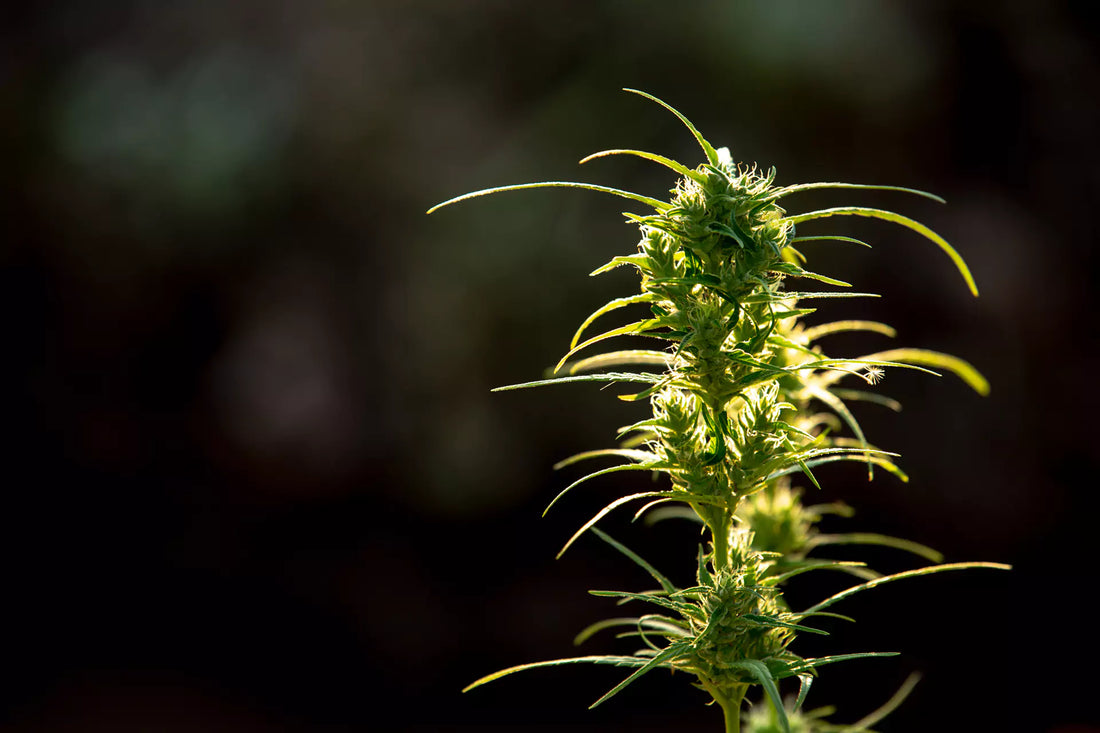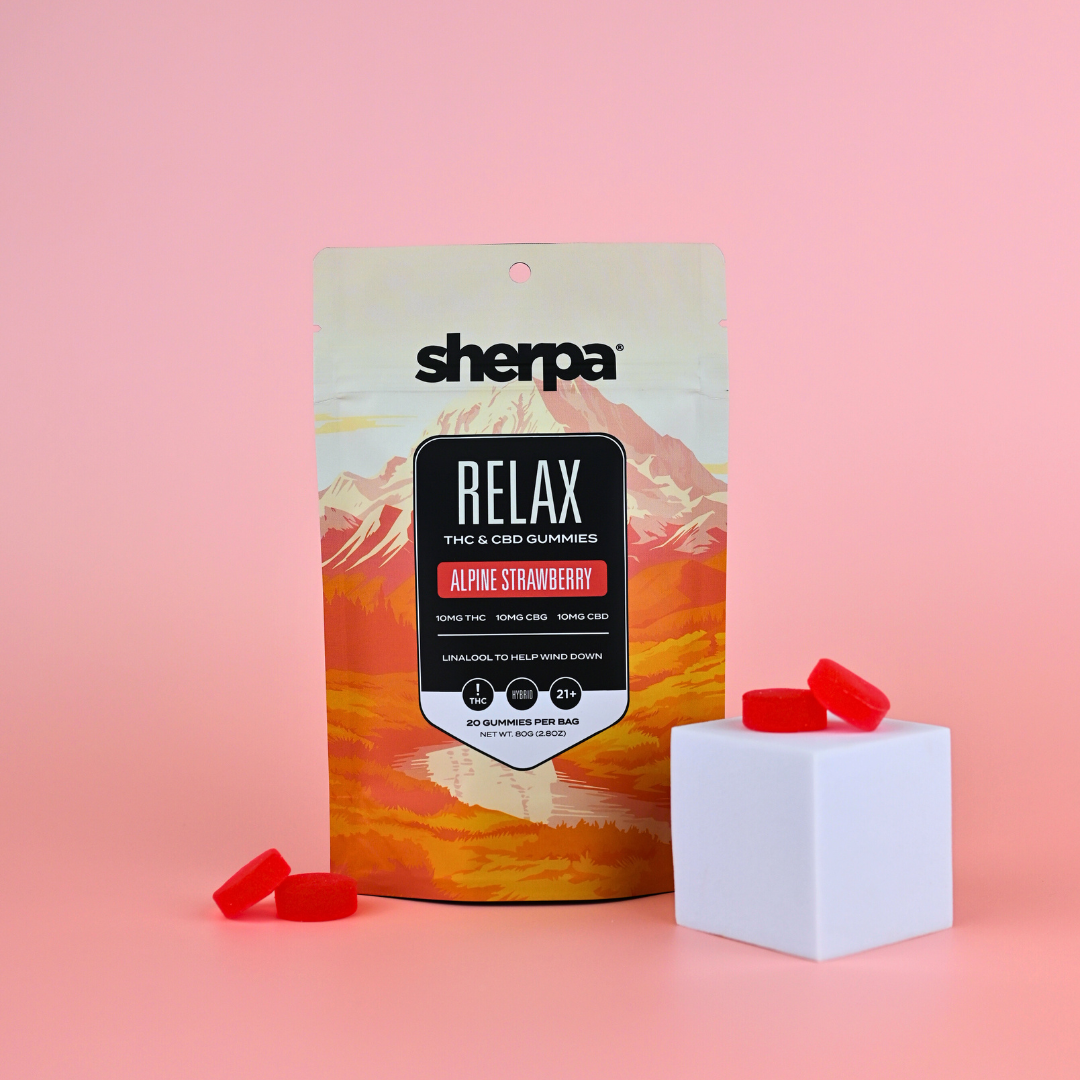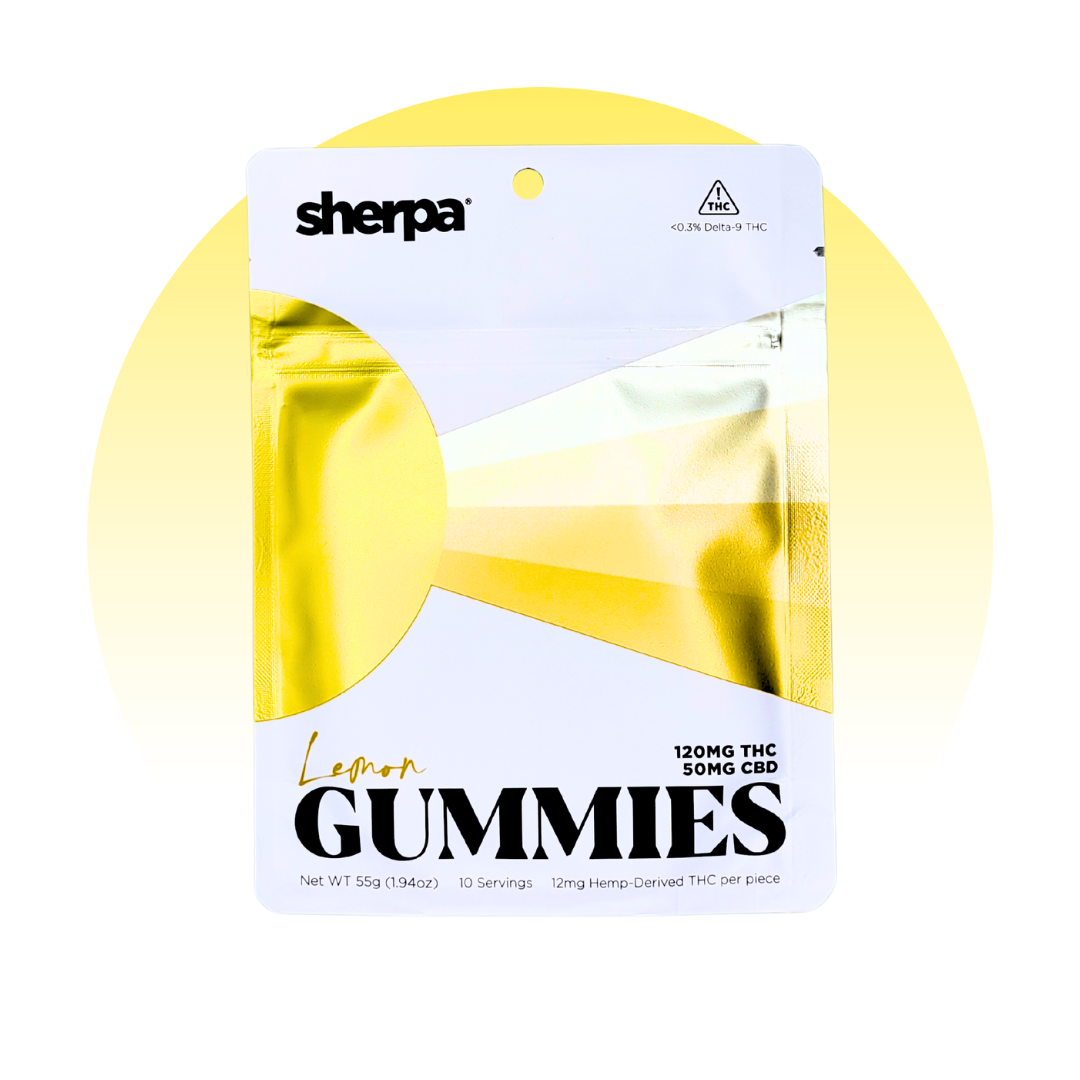
Our Blog
What is THC-P?
What is THC-P?
If you're new to the cannabis world, you might be confused with all the acronyms. D8 THC, D9 THC, THC-A, and now THC-P? What's the deal with all of these cannabinoids? Which one do you want to use? And is any of this natural?
Don't worry — we're here to demystify things for you.
Let's start by understanding what THC-P is in clear, concise language.
What Is THC-P?
To understand THC-P, we first have to understand THC. Tetrahydrocannabinol, or THC for short, is the main psychoactive ingredient found in the cannabis plant. Simply put, it's the compound that produces that familiar "high" feeling.
Tetrahydrocannabiphorol, also called THC-P, is a variant of the THC compound that has sparked considerable interest in the industry due to its extreme potency. To understand why that is, we first have to look at its physical structure.
THC-P and THC are almost identical, save for one major difference. THC-P features a longer alkyl side chain — seven carbon atoms, compared to THC's five. This structural variation allows THC-P to interact more effectively with cannabinoid receptors in the body — more specifically with CB1 receptors, which are primarily responsible for the psychoactive effects of cannabinoids.
Since its discovery in 2019 by a team of Italian researchers, preliminary research indicates that THC-P is significantly more powerful than run-of-the-mill Delta-9 THC — up to 30 times more effective at binding to CB1 receptors than its more traditional counterpart. This heightened potency can lead to more intense psychoactive effects like a profound sense of euphoria and significantly altered sensory perception.
Research on THC-P is still in its early stages though. Scientists are still exploring its effects, its potential therapeutic uses, and its safety profile. We don't yet fully understand how THC-P interacts with the endocannabinoid system, but that will be a critical step in determining its medical and recreational applications.
Is THC-P Natural?
If you've been shopping for THC gummies, it's easy to get lost in the alphabet soup of cannabinoids. It's also reasonable to wonder which compounds are natural and which are man-made. In the case of THC-P, though, it's a little of column A and a little of column B.
First off, the researchers who discovered THC-P did so as a naturally occurring cannabinoid in the cannabis plant. This means that, unlike some synthetic cannabinoids that are created in a lab, THC-P is indeed a part of the plant's natural chemistry. That said, it is found in much lower concentrations compared to its more well-known cousins, THC and CBD. This makes it a lot more challenging to isolate in meaningful amounts from cannabis plants, which makes it difficult to study and use on a larger scale.
In order to get THC-P in a usable form, it typically needs to be extracted and refined from cannabis plants. This process involves advanced science-y stuff and guys in lab coats that isolate THC-P from the other cannabinoids and compounds present in the plant. So it is naturally occurring, but in order to get your hands on this cannabinoid specifically, you'll need your chemistry set.
So with that in mind, it's important to distinguish natural cannabinoids like THC-P from synthetic, gas station ones like "Spice" or "K2." These are compounds that are chemically engineered to mimic the effects of cannabinoids, but they aren't found naturally in the plant. They're unpredictable and can be dangerous, but THC-P, being a naturally occurring cannabinoid, does not seem to pose the same threats.
So now that you understand where THC-P comes from, that begs the question — will you get in trouble for using it?
Is THC-P Legal?
Yes, all cannabinoids, including THC-P, are legal in the U.S. thanks to the 2018 Farm Bill. This piece of legislation drew a legal delineation between marijuana (illegal) and hemp (legal). While both are variations of the same cannabis plant, hemp has a THC concentration of less than 0.3 percent by dry weight. If it's over 0.3 percent, then it's considered marijuana, which is prohibited at the federal level.
Right now, if your cannabinoids are hemp-derived — like what you'll find in the products at Sherpa — they're perfectly legal to possess and consume. With that in mind, some states are pushing to ban all synthetic cannabinoids, which could impact the future of THC-P. Since it's so new, its future isn't exactly clear.
Should I Try THC-P?
Given its increased potency, it would be wise to approach THC-P with caution. We recommend starting with a really small dose, which allows you to gauge your reaction and adjust accordingly without overwhelming yourself. Remember, stronger doesn't necessarily mean better.
If you're new to cannabis or have a low tolerance, THC-P is probably not the best starting point. Traditional THC provides a more familiar benchmark for most users, making it easier to predict and manage your experience. If you're more experienced and comfortable with high-potency cannabis, THC-P products might be a reasonable addition to your repertoire.
Keep reading, though, because you need to be careful if you're looking for pure THC-P.
What's the Difference Between THC-P and THC?
Like we said above, the primary difference between THC-P and regular ole THC has to do with its chemical structure. Slight tweaks to the atomic makeup make it far more likely to bind to CB1 receptor sites, which makes it way more potent. But what does it feel like, exactly?
Well, it's honestly pretty similar to regular THC. The difference is the amount it takes to make you feel high. Think about the difference between a beer and a shot of grain alcohol — you need more of one and less of the other to start feeling intoxicated.
This can be helpful for experienced cannabis enthusiasts with sky-high tolerances, but if you're new to this, we recommend avoiding THC-P altogether and sticking to the traditional stuff. Trust us, you're not going to regret taking too little. You will regret taking too much.
Our Recommendations for High-Dose THC Edibles
If you're looking for a really powerful experience, our 100mg gummies are a good starting point. These are extremely powerful and pack enough punch for even the most experienced users. If you're not cannabis confident, we recommend cutting this one down into its four 25mg pieces.
We also would point you to our 50mg brownie bites. These chocolatey treats are a crowd favorite and come with just enough THC to really get the party started for cannabis enthusiasts who know what they're doing. If you aren't, just take a bite or two.
Finally, our 25mg sample pack is great for folks who want to control their experience. Like all of our products, these are precisely dosed and tested, so you can double up or cut them in half to dial things in perfectly.
Tips for Enjoying High-Dose Edibles
Edibles are a fun, novel way to consume cannabis that comes with a lot of practical benefits — the highest in our book is the consistency with which you can anticipate your experience. Since Sherpa tests and re-tests every one of our products, we can assure you that if it says 50mg, you're getting 50mg. If you're new to the world of high-dose edibles, here are a few tips to keep you on the right track.
Understand the Onset and Duration
Simply put, edibles take longer to kick in compared to smoking or vaping — typically between 30 minutes to two hours. You really need to be patient and avoid the temptation to consume more too quickly. The delayed onset can lead to accidental overconsumption and unpleasant afternoons if you're not careful.
Know Your Tolerance
Understanding your tolerance is also really important when using high-dose edibles. If you regularly smoke cannabis, you might think you have a high tolerance, but this doesn't always translate to edibles. If you're unsure, err on the side of caution and opt for a lower dose.
Create a Comfortable Environment
Make sure that you're in a comfortable and safe environment when consuming high-dose edibles. Being in a familiar and relaxing setting can help you manage any potential anxiety or discomfort. Have a plan in place for when the effects kick in, and make sure you have everything you need within.
Consider Having a Sober Buddy
If you're trying high-dose edibles for the first time or are unsure about how you're going to react to them, having a sober friend nearby can be helpful. They can provide support if needed and ensure that you're safe throughout the experience.
Avoid Mixing with Alcohol or Other Substances
Combining edibles with alcohol or other substances can amplify the effects and increase the risk of bad reactions. To keep your experience as controlled and pleasant as possible, it's best to avoid mixing edibles with other mind-altering substances.
Final Thoughts on THC-P
While it's a novel idea to try a cannabinoid that's 30 times stronger than what you're used to, the primary difference is how many milligrams it will take for you to start feeling high. If you're comfortable with a traditional 25mg gummy, you'd probably want to take around 8mg of THC-P. Again, it's the difference between having a beer and having a shot. You're going to the same place, you just need less to get there.
That said, if you're going to pursue THC-P, make sure you're carefully reading the label and understand everything you're consuming. There is, unfortunately, a lot of deception and flat-out untruths being pushed in the cannabis industry right now, so it's best to stick with brands like Sherpa that are tried and true.





